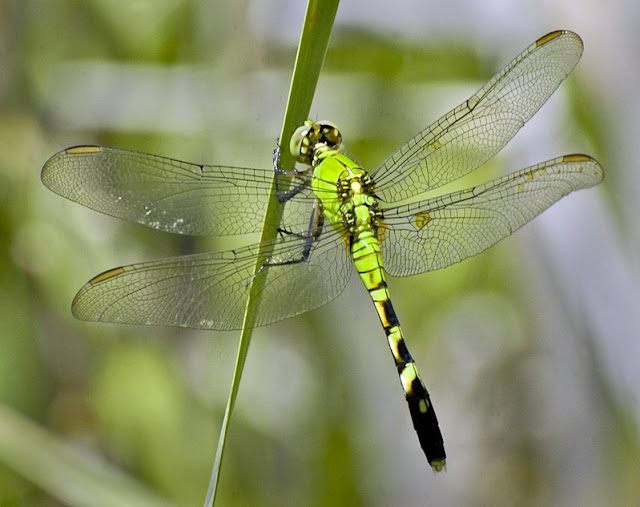— Ecclesiastes 12:5
Grasshoppers hereabouts have not become burdens. But my creative desire has temporarily failed and there is mourning in the streets…or at least along this portion of the road where I live. Yesterday afternoon our neighbor Bob was found dead in his home. He was, I'm told, only 49 years old, and had appeared to be in good health.
Everyone is shocked, our hearts are heavy and aching. It was so sudden and unexpected it still seems unreal, and is hard to accept. Bob was good guy and a fine neighbor. A bachelor who liked to ride his motorcycle on the weekends, he was a smart and technically savvy guru with the local cable company. Quiet, friendly, always willing to help.
When we arrived here a few years ago, Bob—whose house was directly across the street, and thus our closest neighbor—was one of the first to introduce himself. In fact, as we soon came to realize, perhaps the greatest blessing of our move here to this riverbank cottage were the wonderful neighbors who so genuinely and warmly accepted us into their fold. Bob, Mike and his wife (their's is the next house up from Bob's), and Everett (whose property adjoins mine, his house being across from Mike's) are the sort of neighbors you hope and pray for when moving into a new place; real treasures.
We all now mourn. I need to write a column and get it off, but can't manage to concentrate on work. As poet Edmund Spenser said: "…when the hart is ill assayde, How can Bagpipe, or ioynts be well apayd?"
We all now mourn. I need to write a column and get it off, but can't manage to concentrate on work. As poet Edmund Spenser said: "…when the hart is ill assayde, How can Bagpipe, or ioynts be well apayd?"
I'm simply too sad and upset, incapable for the time being of dredging up meaningful words and stringing them into competent sentences. Just as I'm obviously unable to say things clearly in this post; I know I'm not conveying what I feel, the sense of sorrow and loss, or even making an attempt to come to grips with the unfathomable mystery of such an event. When death enters our midst, I guess we're always left temporarily broken and stunned. I am, anyway.
Bob is already deeply and truly missed. By all of us. It was a privilege and pleasure to have him for my neighbor. And he will not be forgotten.
May his soul rest in peace.
Bob is already deeply and truly missed. By all of us. It was a privilege and pleasure to have him for my neighbor. And he will not be forgotten.
May his soul rest in peace.






















